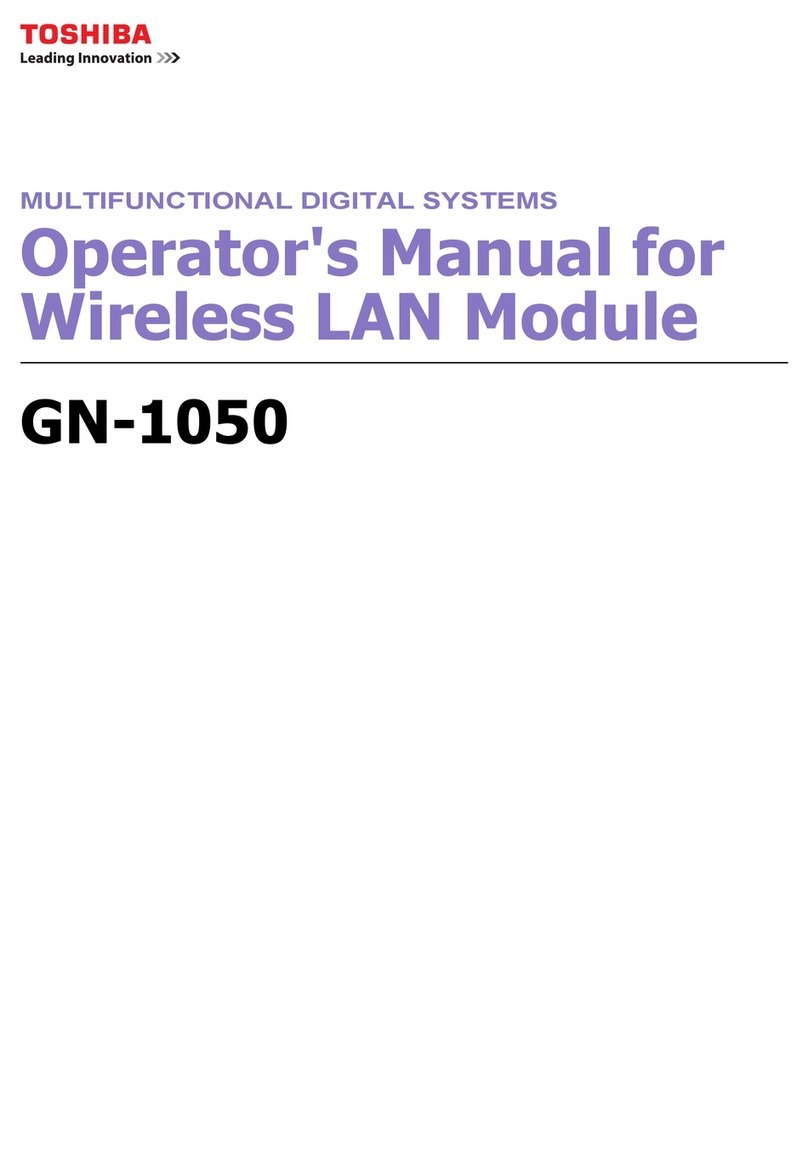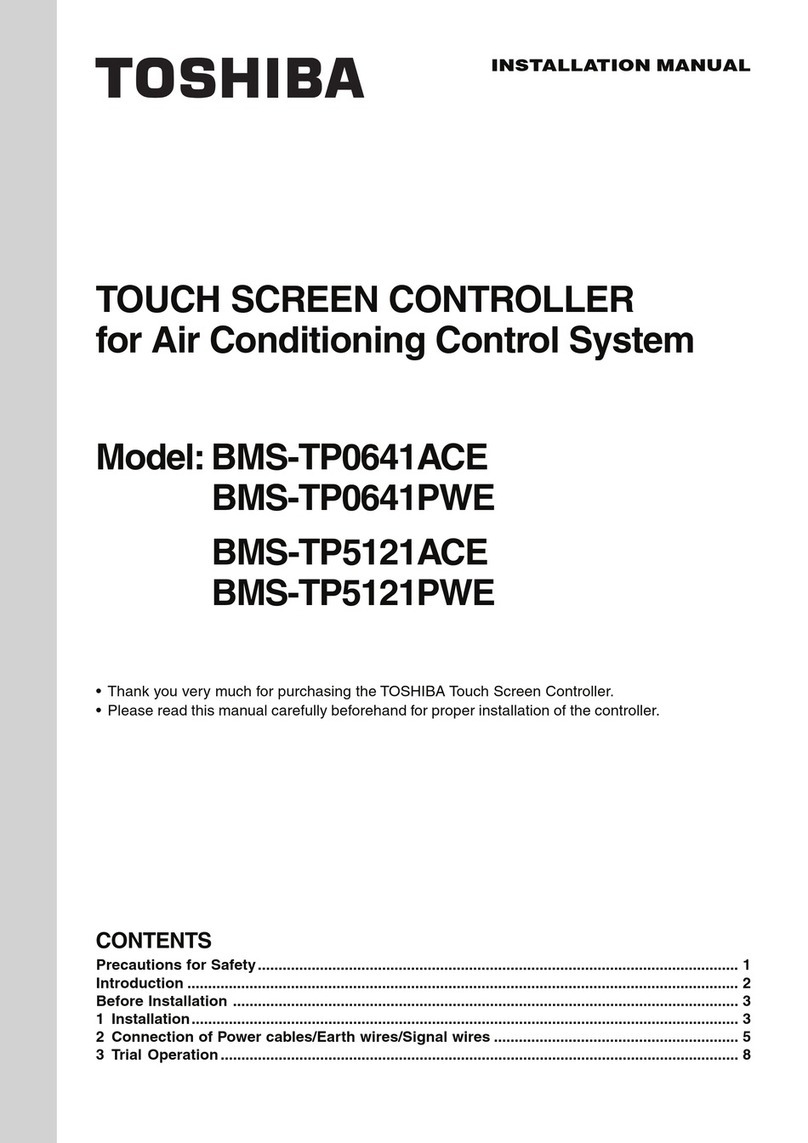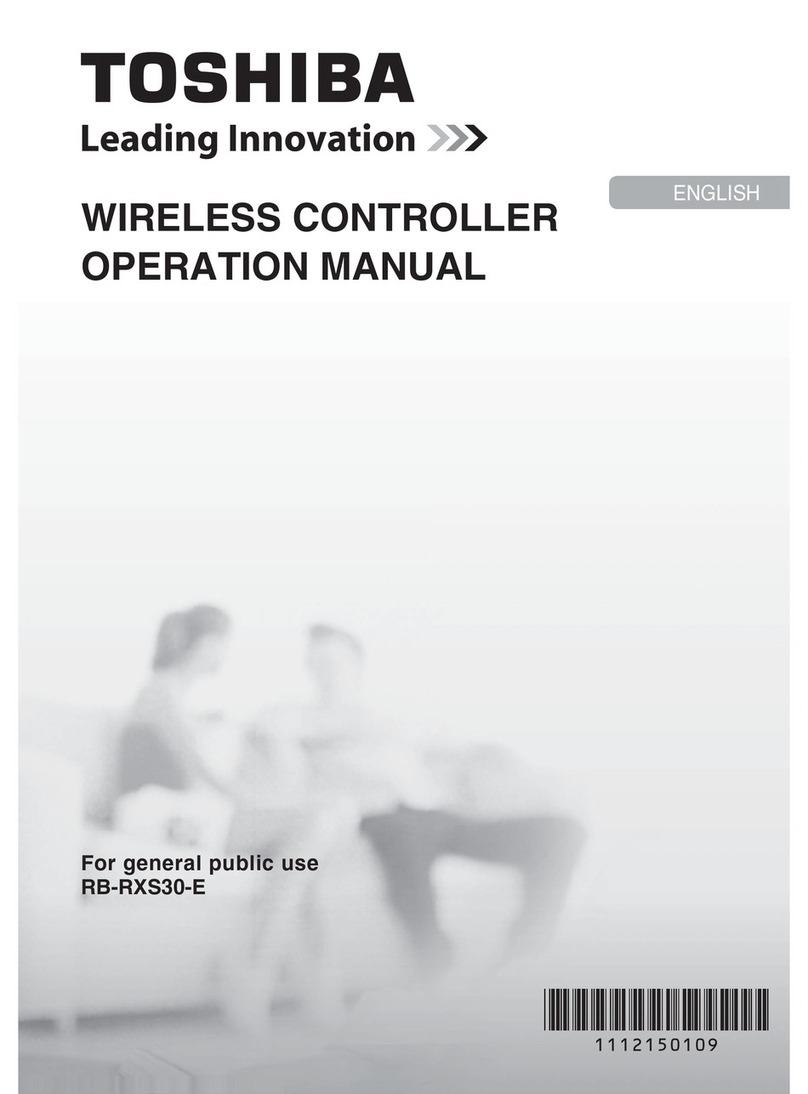
Canada - Industry Canada (IC)
This device complies with RSS 210 of Industry Canada.
Operation is subject to the following two conditions: (1) this device may not cause
interference, and (2) this device must accept any interference, including interference
that may cause undesired operation of this device.”
L’utilisation de ce dispositif est autorisée seulement aux conditions suivantes : (1) il
ne doit pas produire de brouillage et (2) l’ utilisateur du dispositif doit étre prét à
accepter tout brouillage radioélectrique reçu, même si ce brouillage est susceptible
de compromettre le fonctionnement du dispositif.
The term “IC” before the equipment certification number only signifies that the
Industry Canada technical specifications were met.
Approval Number: 1353A-WLL030
To prevent radio interference to the licensed service, this device is intended to be
operated indoors and away from windows to provide maximum shielding. Equip-
ment (or its transmit antenna) that is installed outdoors is subject to licensing.
Pour empecher que cet appareil cause du brouillage au service faisant l’object d’une
licence, il doit Etre utilise a l’interieur et devrait etre place loin des fenetres afin de
fournir un ecran de blindage Maximal. Si le materiel (ou son antenne d’emission)
est installe a l’exterieur, il doit faire l’objet D’une license.
Europe - EU Declaration of Conformity
This device complies with the essential requirements of the R&TTE Directive
1999/5/EC with essential test suites as per standards:
◆EN 60950 Safety of Information Technology equipment
◆ETS 300 328 Technical requirements for radio equipment
◆ETS 300 826 General EMC requirements for radio equipment.
België/ Belgique:
For outdoor usage only channel 10 (2457 MHz) and 11 (2462 MHz) is allowed.
For private usage outside buildings across public grounds over less than 300m
no special registration with IBPT/BIPT is required. Registration to IBPT/BIPT
is required for private usage outside buildings across public grounds over more
than 300m. An IBPT/BIPT license is required for public usage outside building.
For registration and license please contact IBPT/BIPT.






























